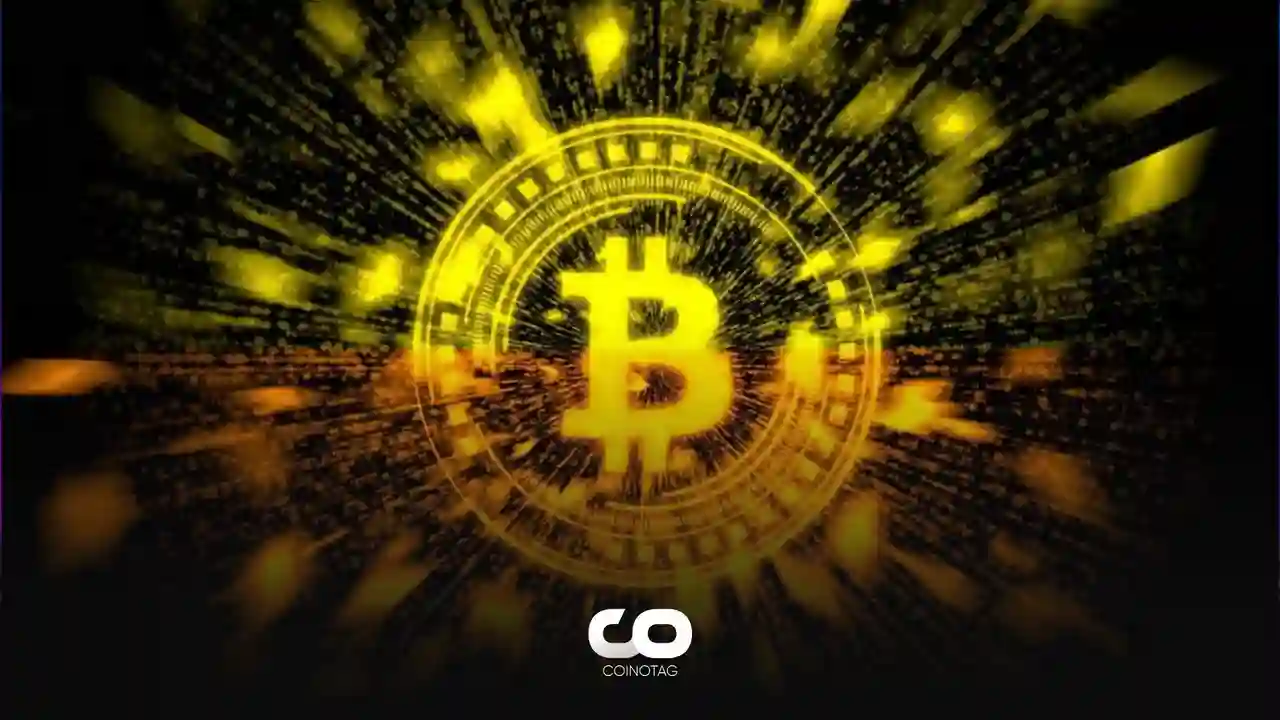- Seyffart clarified misconceptions by emphasizing that ‘Spot Bitcoin ETFs will DEFINITELY hold Bitcoin.’
- Another user sought a concise book explaining how the concept of a Bitcoin ETF works.
- On the issue of cash generation clawback and its opposite, the dual model, BlackRock previously explained the difference in a document filed in a meeting with the SEC.
While awaiting approval for Spot Bitcoin ETFs from the SEC, an ETF analyst corrected a misconception: The crypto community sought answers to their questions.
Seyffart Informs the Community about Bitcoin ETF

The ‘create cash’ redemption model mandated by the U.S. Securities and Exchange Commission (SEC) for Spot Bitcoin (BTC) ETFs appears to have caused some misunderstandings in the industry. As many applicants for Bitcoin ETF products currently comply with the SEC’s Create Cash request, some of the public seem to think that this redemption model means the fund will not hold Bitcoin.
Others believe that after approval, a Bitcoin ETF product will act as a fractional reserve product. However, Seyffart clarified these misconceptions by emphasizing that ‘Spot Bitcoin ETFs will DEFINITELY hold Bitcoin.’
In response to this statement, some Crypto X members had various questions, including one individual asking if ETF issuers would publish on-chain addresses and allow the public to verify and check how the cash-creation model works. In response, Seyffart pointed out that Osprey Funds had published addresses for its OBTC proposal. He also explained that this strategy is not widely adopted by many ETF issuers. Another X user specifically expressed interest in obtaining a concise book that explains how the concept of a Bitcoin ETF works, to which Seyffart responded with a laugh.
Cash Creation and Binary Model: Differences
Regarding the cash creation redemption and its opposite, the binary model, BlackRock had previously explained the difference in a document presented during a meeting with the SEC. The binary model is completed in a process consisting of only 5 steps and begins with a redemption request by an Authorized Participant (AP) through a Market Maker (MM).
The ETF issuer then confirms the order, and the MM purchases ETF shares through a Stock Exchange. As a result, the ETF share is delivered to the Transfer Agent by the MM. An important point is that the ETF issuer will instruct the BTC custodian to release the funds to the MM only after the MM delivers the coin to the MM.
For the cash model, the ETF issuer must first instruct the BTC custodian to withdraw cash and then move the cash for sale after the redemption initiated by the MM. After completing this process, the MM can enter into a trade with the ETF issuer to purchase BTC in exchange for USD.
So far, BlackRock and WisdomTree have adopted the cash-creation model. Grayscale has also added this to its recent filing, stating, ‘The Trust can currently accept Cash Orders,’ seen as a positive change made in hopes of obtaining approval.
